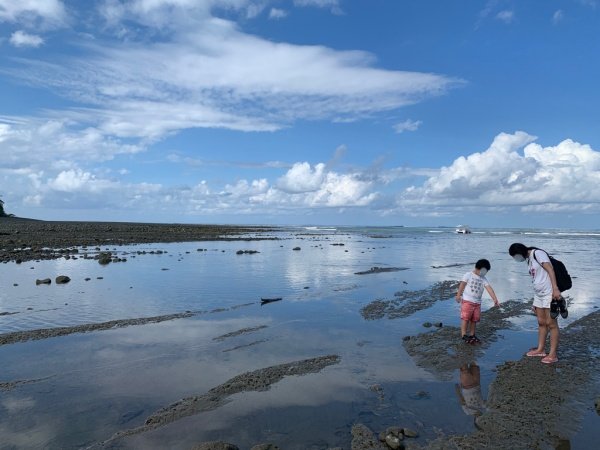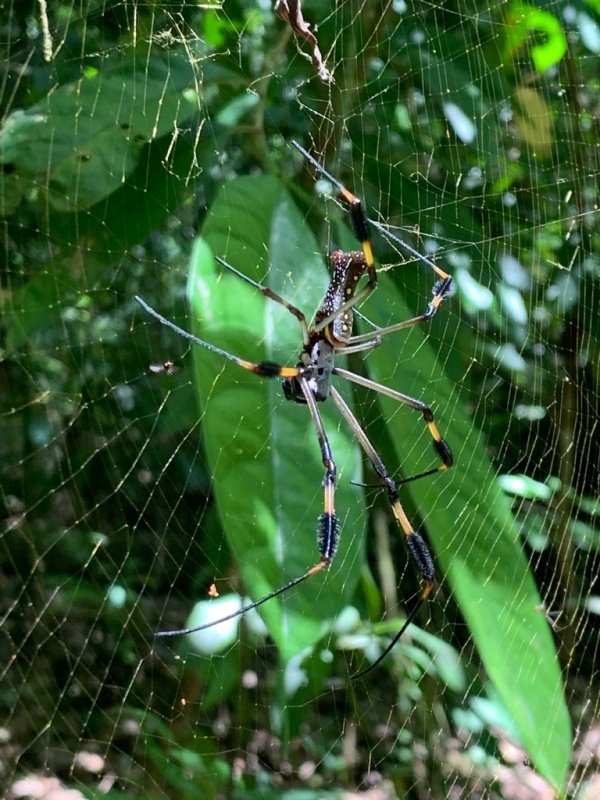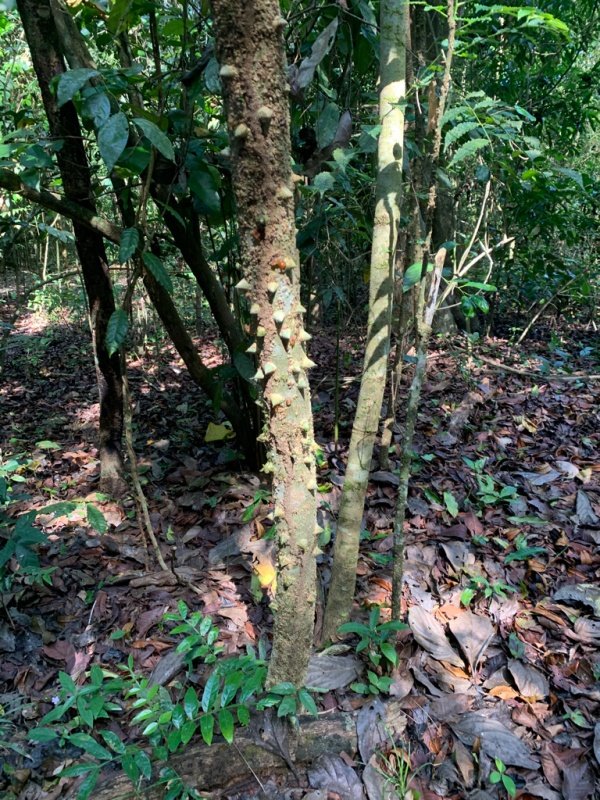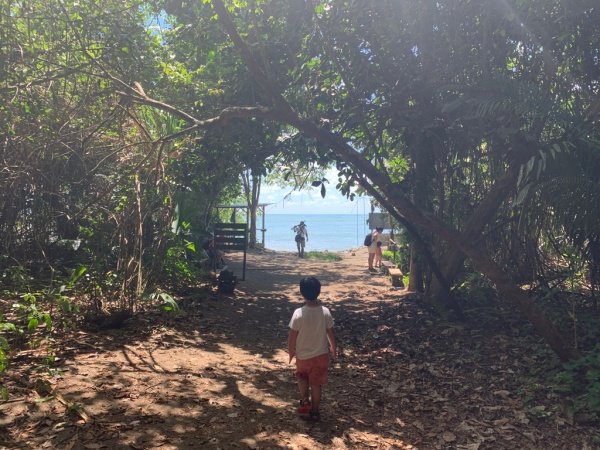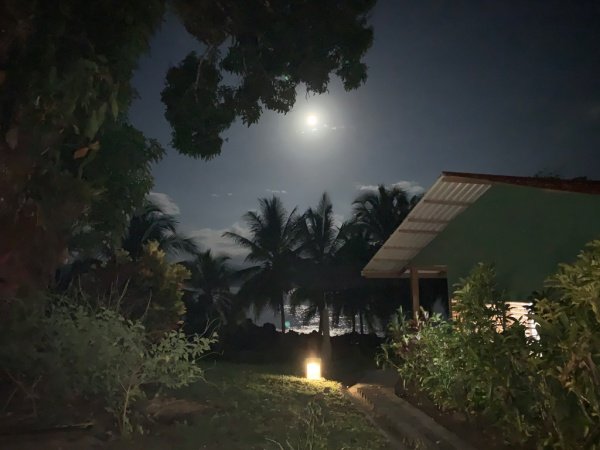Costa Rican Road Trip Episode 7: Into Corcovado
Today, we ventured into Parque Nacional Corcovado, one of Costa Rica’s most biodiverse and remote treasures. This sprawling protected area on the Osa Peninsula is renowned for its staggering variety of life: over 500 species of trees, 140 types of mammals (like tapirs, jaguars, and spider monkeys), hundreds of bird species, and a dazzling diversity of insects. As one of Central America’s last remaining lowland rainforests, Corcovado offers a rare, immersive glimpse into nature’s richness.
But reaching Corcovado isn’t easy. Due to its isolation and rugged terrain, most visitors arrive by boat from either Drake Bay or Puerto Jiménez. With no direct roads into the park, getting there often involves river crossings and navigating muddy trails. Access to the park is carefully regulated, and visitors must enter with certified guides to help protect its delicate ecosystems. In the rainy season, Corcovado’s trails can turn nearly impassable, making the journey even more challenging. But that difficulty is part of the allure—it keeps the wilderness pristine and makes every visitor feel like an explorer discovering an untouched world.
After an early breakfast, we boarded a small boat with our guide and set off across the ocean. The journey offered breathtaking views of the coast, where volcanic sands and rugged rock formations contrast against the dense, green jungle. The sight filled us with a deep sense of awe, and we could feel our bodies attuning to the wilderness around us as if drawn by an ancient force.
About an hour later, we arrived on a remote black sand beach to start our hike into the park. The moment we stepped onto the shore, we were enveloped by a loud, rhythmic buzzing—millions of cicadas, filling the air with their calls as they sought mates in this vibrant rainforest. Their sound was so powerful you could almost feel the vibration. It was nature’s symphony, a reminder of the hidden lives that pulse through the jungle.
Corcovado is rich with rare wildlife, and each new sighting brought a thrill. With our guide’s help, we spotted a tapir, coati, squirrel monkey, and even the elusive thyroptera, or disk-winged bat. We also encountered spider monkeys, brilliantly colored macaws, walking tinamous, and the urania leilus—a striking moth often mistaken for a butterfly. Leafcutter ants were marching in formation, busily carrying leaf fragments to their underground gardens. Every creature seemed to serve a unique role, and our guide’s insights helped us see how these animals create the complex balance of life in this vibrant ecosystem.
Midway through, we stopped for lunch at San Pedrillo Ranger Station, a well-maintained open area where we took a break and rested. This was a welcome pause for the kids, who by now had trekked a good 3-4 kilometers. As we ate, we reflected on the sights and sounds of the morning and savored this rare opportunity to feel like true explorers in an untouched world.
On our way back, we retraced our steps, still savoring the thrill of each encounter. As we left the park and stepped back onto the boat, we waved farewell to the animals and insects we had met, grateful for the glimpse they had given us into their world.
Back at the hotel, we spent the evening discussing what we had seen and how we could help protect these extraordinary creatures. Visiting a place as wild as Corcovado, we’re reminded of the importance of preserving nature—not just by leaving it untouched but also by raising awareness and supporting conservation. I told my kids that if they want to be welcomed back to places like this, where animals roam freely in their natural habitat, it’s up to all of us to protect their home. Judging by their smiles, I think they understood—a hopeful sign for the next generation of conservationists.




